Monitoring conferences in 2019
Caroline Donovan ·
This past March I had the pleasure of attending both the Citizen Science Association’s biennial conference (CitSci2019) and the 2019 National Monitoring Conference. Going to back-to-back monitoring conferences presents an opportunity to highlight the similarities and differences within one seemingly homogeneous topic.
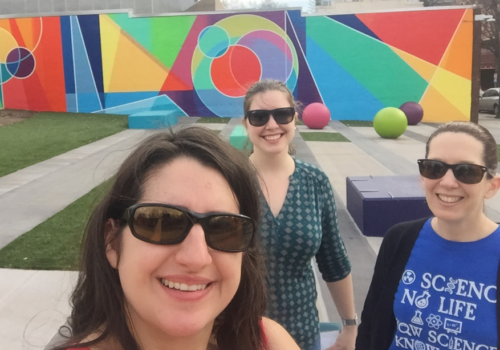
While CitSci2019 included an evening reception before the official start of the conference, both conferences started off with a plenary session with keynote speakers. This is pretty normal for any scientific conference. However, it struck me immediately how different the plenaries were! The CitSci2019 plenary started off with a review of the Code of Conduct, which included explaining the different colors of the lanyard – Gray for take my photo and Orange for no photos please. If you didn’t want to be photographed (and therefore appear on social media), you could wear an orange lanyard with your name tag. The NMC plenary was pretty standard and it was noted that the conference almost didn’t occur due to the federal shutdown. The NMC planning committee really did an excellent job putting together a conference with only a few weeks’ notice, but this meant there were no frills – no thought for a social media campaign, no “extra” games except for a suggestion to fill out a haiku that would be read at the end of the conference, and definitely not a free screening of a beautiful movie about the wilderness in your backyard.
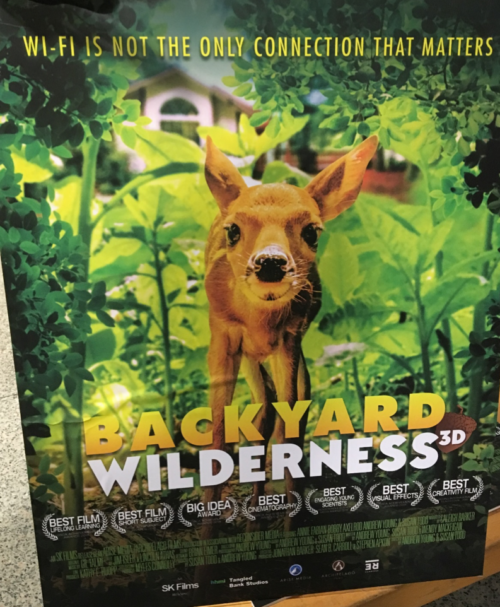
The sessions and session topics of the two conferences were, on the surface, very similar. Monitoring water quality throughout streams in the United States (and beyond). The way the sessions were grouped, however, was pretty different. The NMC conference started off very data heavy and was a data nerd’s dream come true. I really enjoyed digging into the specifics of databases, water quality equipment, and long-term records of stream flow and nutrients. I could sit back and absorb a lot of information about different people’s work. At the CitSci2019 conference, every participant was expected to interact and engage with their session and at times, that can be tiring and more than participants are willing to do.

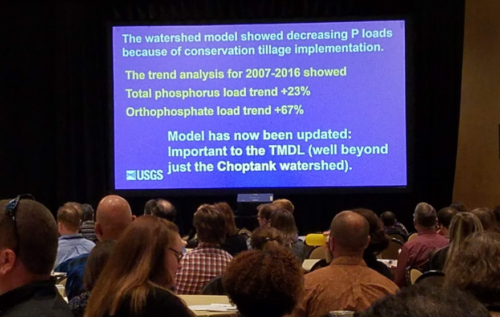
Ultimately, what I think it comes down to is audience.
There are many overlapping themes between the two conferences. But, clearly the
CSA conference is for citizen science audiences, whether those are citizens themselves,
service providers, or trained and paid scientists. Every part of the CitSci2019
conference was imbued with citizen science themes, from engagement to community
of practice to unique collaborations. But even more so, the CitSci conference
focused on relationships, personal and professional. This was directly
reflected in the Code of Conduct: “We listen, we practice consent, we grow.”
The NMC conference is for water quality monitors, whether they be volunteer or
trained and paid professionals. It put aside most relationships and focused on
hard data, professional networking, and learning.
In the end, I can’t suggest one conference over the other
since they brought different ideas and approaches to the table. Will I go to
both again? Absolutely! Will I know which one to pick if I have to choose? That
remains to be seen.
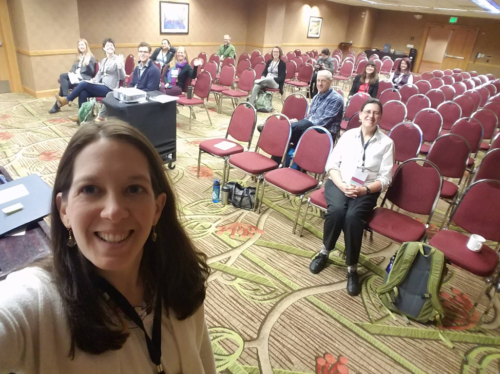
About the author
Caroline Donovan
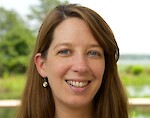
Ms. Caroline Donovan oversees program and project management, science communication, and data analysis at UMCES-IAN. She has over 15 years of experience with ecosystem health report cards, science communication products, stakeholder engagement, and citizen science and volunteer monitoring. Ms. Donovan has worked extensively in the fields of science integration and communication, facilitation, and program management and administration. Ms. Donovan received a Bachelor of Science in Biology from University of North Carolina - Wilmington in 2002 and a Master of Science in Biological Oceanography from University of Maryland - College Park in 2005.

